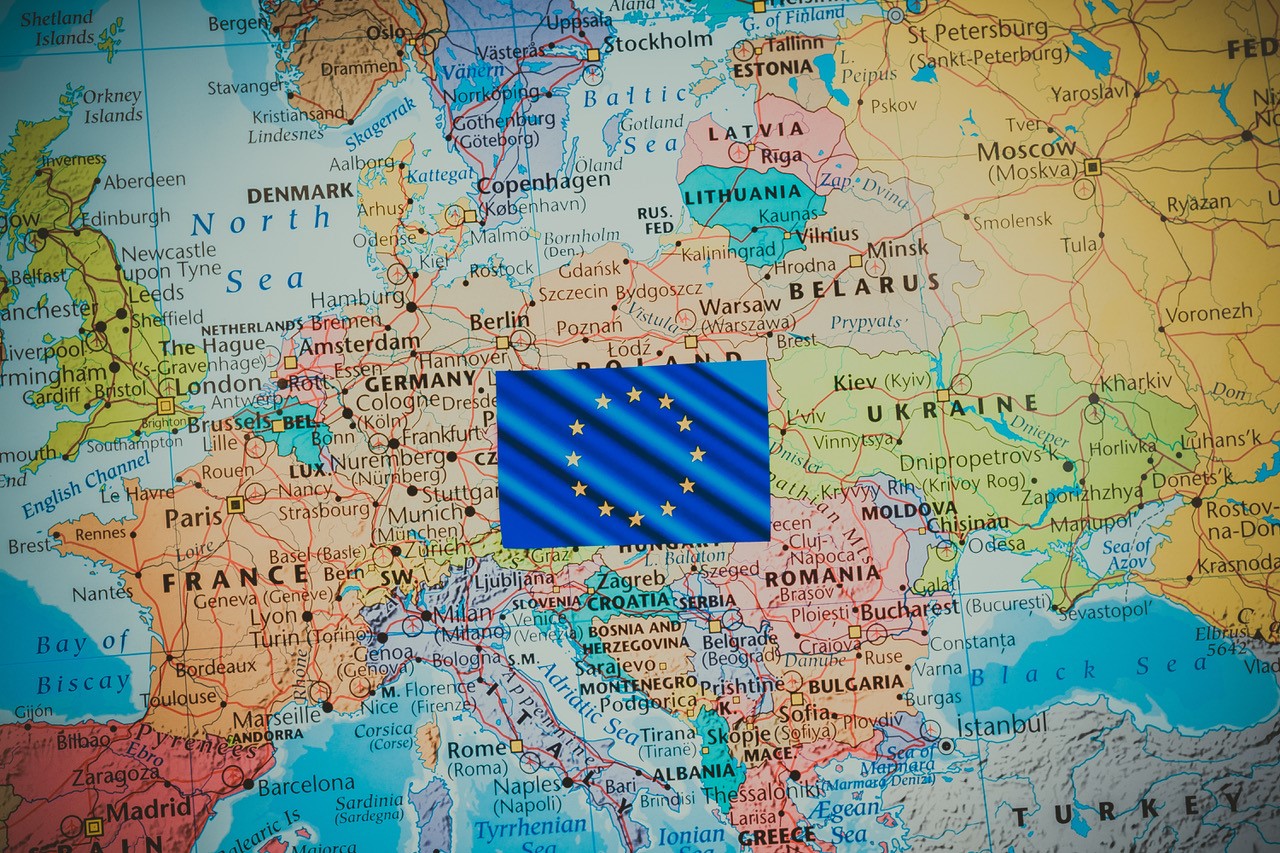
Pulses: EU investments in research and innovation
The interest of the European Union for a shift of agricultural and food systems towards more grain legumes on the table and in the fields is highlighted also by the investment in research and innovation within Horizon 2020, the European Framework Programs on Research and Innovation.
Looking at the calls of the program, that is now getting to its conclusion, “legumes†and “pulses†can be often found and several mid and large scale projects are now running with the common aim to develop the European sustainable and innovative production of leguminous crops and to enhance their consumption, finding out innovative, healthy and sustainable processing and use patterns.
The projects are partly getting to conclusion and partly just started but their web pages offer a good overview on what the near future of pulses, and plant based proteins at large, will look like:
• TRUE TRansition paths to sUstainable legume based systems in Europe sees a combination of agronomic research, climate change mitigation and adaptation strategies, value chain innovation, innovative processing and healthy use. EU funding 5 mio.
• Legume Translated is a Thematic Network to support the production and use of grain legumes (‘protein crops’), focusing on the cropping system and the value chain building.
EU funding 2 mio.
• Legvalue aims to pave the road to develop sustainable and competitive legume-based farming systems and agri-feed and food chains in the European Union. The ultimate benefits are the fostering of greater, more profitable legume and pulse production in the EU to satisfy a larger more valuable and diverse market to the financial benefit of all in the value chains and to deliver social and environmental benefits.
EU funding 5 mio.
• PROTEIN2FOOD’s wants to develop innovative, cost-effective and resource-efficient plant proteins –rich food sources with positive impact on human health, the environment and biodiversity.
EU funding 9 mio.
• EUCLEG is to reduce Europe and China’s dependency on protein imports by developing efficient breeding strategies for the legume crops of major economic importance in human food and animal feed, specifically pea, faba bean and soybean for grain legumes and red clover and alfalfa as fodder.
EU funding 5 mio.
• INCREASE develops efficient and effective conservation tools and methods to foster agricultural biodiversity, based on the food legumes such as chickpea, common bean, lentil and lupin.
EU funding 7 mio.
• SMARTPROTEIN seeks to develop the next generation of smart protein foods which are cost effective, resource efficient, and nutritious. It focuses on protein extraction from plants and through the up-cycling of waste-stream foods such as pasta residues or bread crusts. The proteins will be used to create ingredients and products which are nutritious, trusted, environmentally friendly, and part of a secure and future-proofed supply chain. Potential products and ingredients could include new forms of plant-based meat, fish, seafood, and baked goods, as well as cheese and other dairy products.
EU funding 8 mio.
• ALSEOS is a recently startedproject on rapeseed cake used for human consumption. Scientists are planning to showcase their multi-patented technology for extraction of high-quality protein from rapeseed cake in a full-scale demonstrator.
EU funding 2 mio
• ALEHOOP was kicked off a few months ago. It is an innovation action on bio-refineries and aims to develop a natural alternative source of proteins from algae. The project will demonstrate at pilot level sustainable macroalgae and legume-based biorefineries, aiming to extract dietary proteins from algae-based and plant residual biomass for livestock feeding.
EU funding 5 mio
